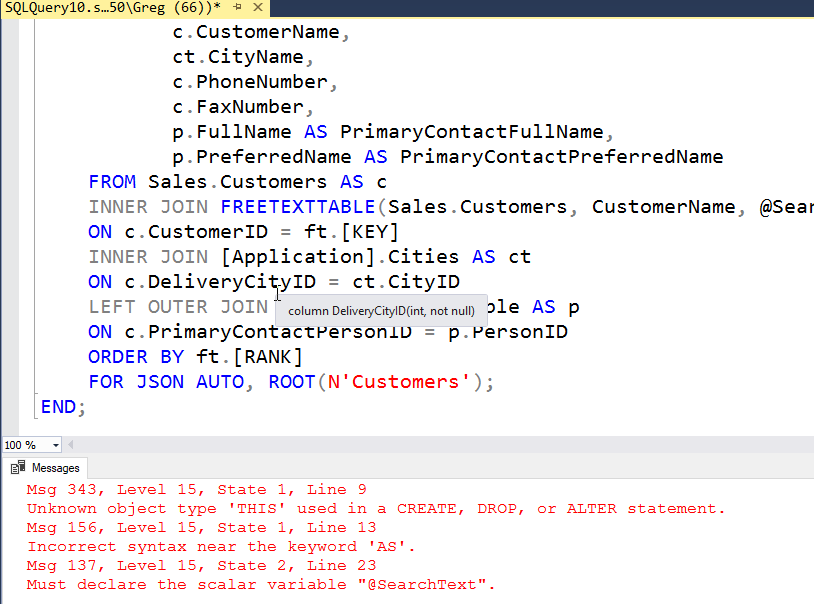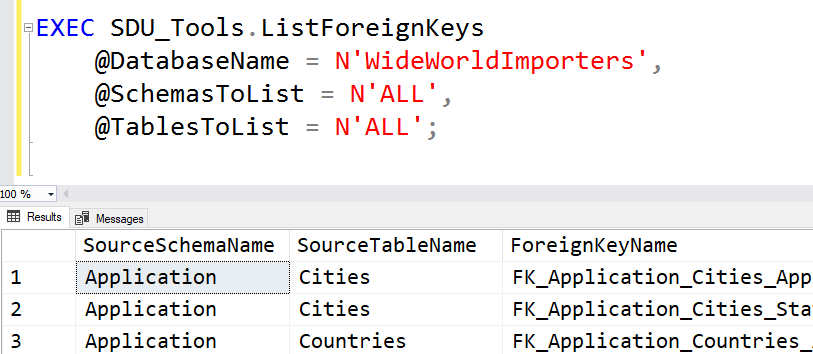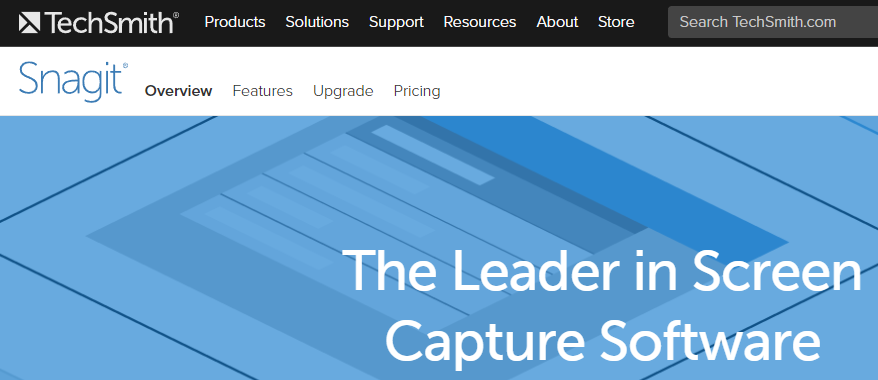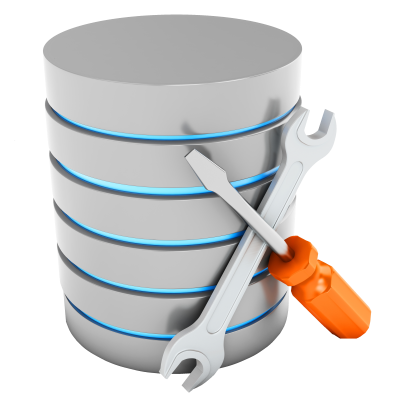
Book Review: 1984 - George Orwell
One of the things that using Audible has let me do lately is to get through additional books that I’m interested in. Part of that has been to go back through real classics. They don’t come more classic than 1984 by George Orwell.
When I was at high school, this was one of Orwell’s books that I read. Listening to it again now though, two things struck me:
- How much I’d forgotten of the detail in it
- How chillingly relevant it is today
The first two chapters in particular had me simply amazed at how prescient Orwell was. So many aspects of what he described that were clearly intended to be horrific and unthinkable at the time, and yet are so close to the current reality in many places that it’s quite chilling to listen to.
2018-10-26








